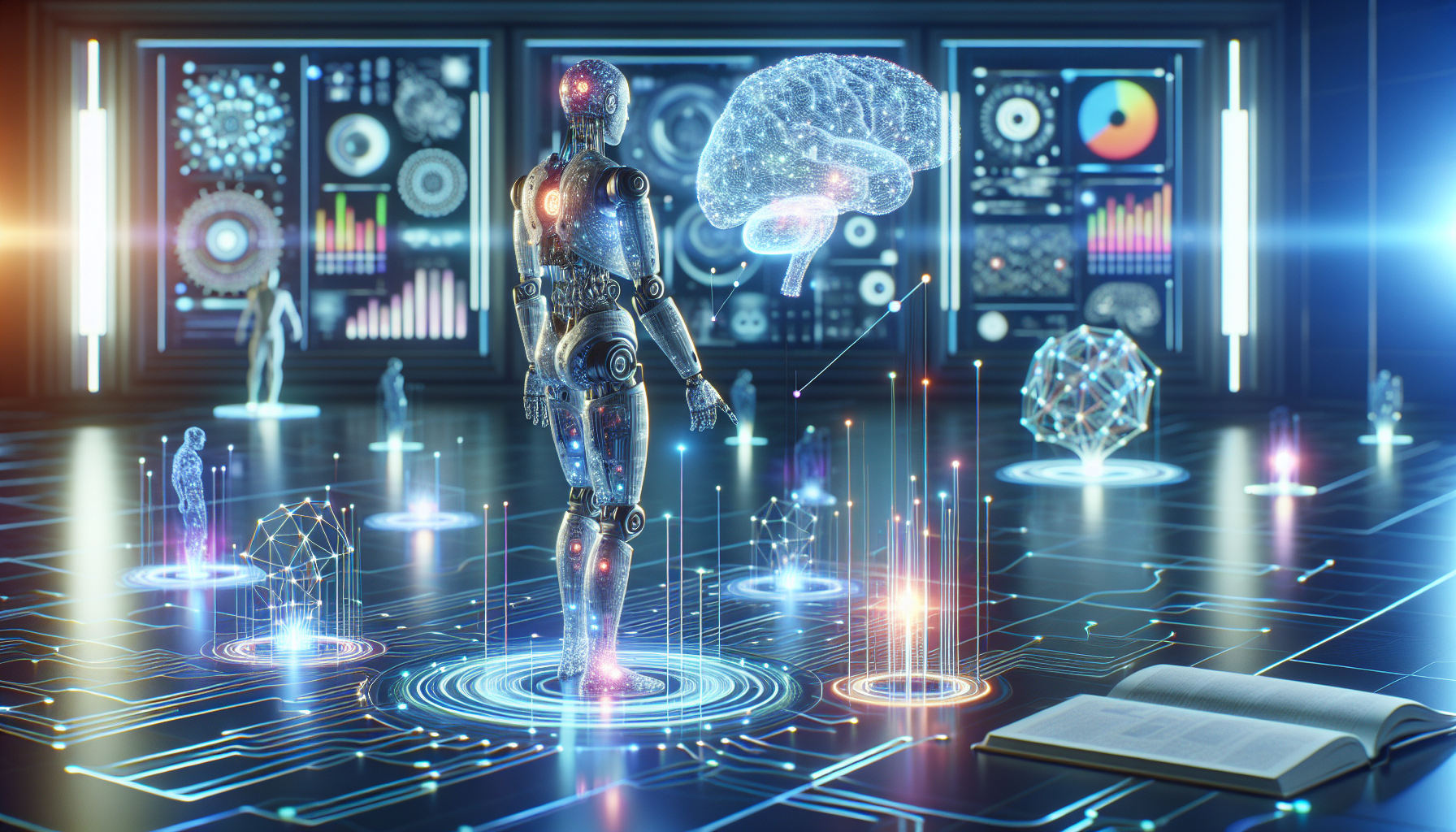
AI in Agriculture: Separating Fact from Fiction to Boost Efficiency and Yields
July 30, 2025
When you hear "artificial intelligence," your mind might leap to robots, self-driving cars, or maybe even a digital assistant that knows your grocery list by heart. But AI is also quietly revolutionizing fields—literally—through its application in agriculture. Despite its potential, myths abound about how AI impacts farming, both positively and negatively. Today, we're diving into some of these myths to see what’s really going on in the world of AI-enhanced agriculture.
First up, let's tackle the myth that AI is too complex and expensive for the average farmer. It’s easy to imagine futuristic technology requiring a hefty investment that only large-scale commercial farms can afford. However, this perception is rapidly changing. Innovations in AI technology have become more accessible and affordable, thanks to user-friendly platforms and subscription models. Farmers can now utilize AI tools to analyze soil data, predict weather patterns, and even monitor crop health from their smartphones. These tools are not only cost-effective but also scalable, meaning they can be adapted to suit both small family-owned farms and larger agricultural enterprises.
Another myth that crops up frequently is that AI will replace human workers in agriculture. The truth is, AI is not about replacing humans but enhancing their capabilities. Consider AI-powered drones that scan fields to detect signs of disease or pest infestations. Such technology allows farmers to address issues before they escalate, potentially saving entire crops. Rather than reducing the need for human labor, AI shifts the focus of agricultural work to more strategic tasks, enabling farmers to make informed decisions and optimize their resources. This partnership between human intuition and AI precision can lead to increased efficiency and higher yields.
It’s also worth addressing the concern that AI-driven agriculture will lead to environmental harm. On the contrary, AI can be a powerful ally in sustainable farming. By analyzing data on soil health, weather conditions, and crop requirements, AI systems can recommend precise amounts of water, fertilizers, and pesticides. This precision agriculture approach reduces waste, minimizes chemical runoff, and promotes better land stewardship. Farmers can grow more with less, ensuring environmental resources are used responsibly.
Now, let's talk about the myth that AI implementations in agriculture are universally successful without any challenges. The reality is that AI, like any technology, faces hurdles. Data collection and integration can be tricky, especially when different systems need to communicate seamlessly. Additionally, there’s the matter of data privacy and security. Farmers need assurance that their data is protected and used ethically. Despite these challenges, ongoing advancements and collaborative efforts between tech companies and agricultural experts are steadily overcoming these hurdles, paving the way for more robust and secure AI applications in agriculture.
One of the most exciting, yet lesser-known facts about AI in agriculture is its role in crop breeding. AI tools can analyze vast datasets to identify genetic markers associated with desirable traits like drought resistance or faster growth. This streamlines the breeding process, allowing scientists to develop improved crop varieties more efficiently. Such innovations could be game-changers in addressing food security challenges, especially in regions prone to climate extremes.
Moreover, there's a growing interest in AI's ability to foster collaboration across the agricultural sector. Farmers can share insights and data through AI platforms, creating a collaborative network that benefits from collective knowledge. This community-driven approach can lead to better best practices and innovative solutions to common farming challenges.
As we demystify AI's role in agriculture, it becomes clear that this technology holds immense potential to transform how we grow food. By debunking myths and understanding the true capabilities of AI, we can embrace its benefits while addressing its challenges. The future of agriculture is not about choosing between tradition and technology but finding a harmonious balance that leverages the best of both worlds.
So, what does the future hold for AI in agriculture? As we continue to explore and innovate, we might find ourselves witnessing a new era of farming—one that is smarter, more efficient, and more sustainable. What role will you play in this evolving agricultural landscape?


